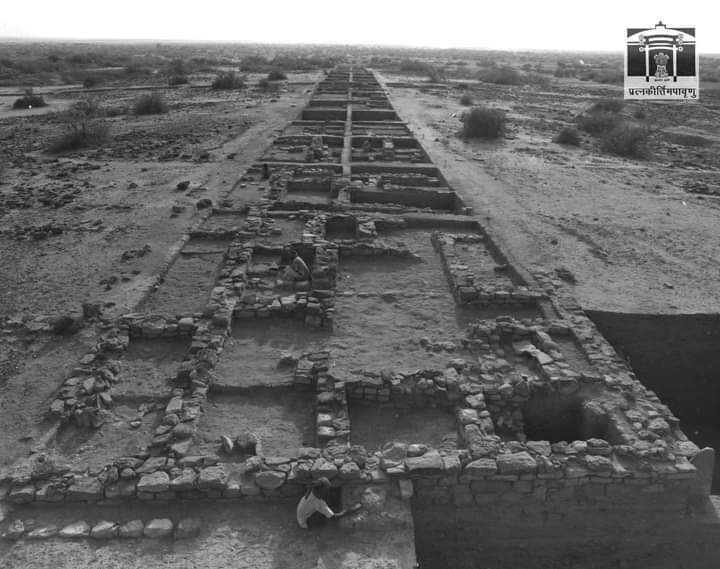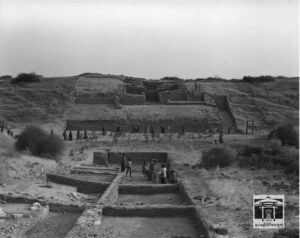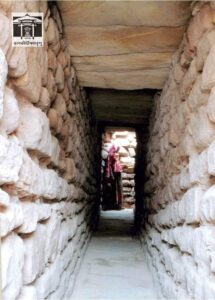By Editor Banibrata Datta
: A is sited on the arid island of Khadir in Gujarat. Occupied between ca. 3000-1500 BCE, the archaeological site, one of the best preserved urban settlements from the period in South-East Asia, comprises a fortified city & a cemetery.
Dholavira witnesses the entire trajectory of the rise & fall of early civilization of humankind. It demonstrates multifaceted achievements in terms of urban planning, construction techniques, water management, governance, development, art, manufacturing, trading & belief system.
A Sophisticated water management system demonstrates the ingenuity of the Dholavira people in their struggle to survive & thrive in harsh environment. The site includes a large cemetery with cenotaphs of six types testifying to the Harappan’s unique view of death.
Bead processing workshops & artifacts of various kinds such as copper, shell, stone, jewellery of semi-precious stones, terracotta, gold, ivory & other materials have been found during excavations at Dholavira, exhibiting the culture’s artistic & technological achievements.
The location of Dholavira in the island of Khadir was strategic to harness different mineral & raw materials (copper, shell, agate-carnelian, steatite, lead & others) & to facilitate internal as well as external trade to the Magan (modern Oman peninsula) & Mesopotamian regions.
Ancient Harappan city of Dholavira was discovered in 1968 & excavated for 13 field seasons between 1989 & 2005. The unearthed excavations were simultaneously preserved, conserved & display all physical attributes contributing to the Outstanding Universal Value of the Property.
Entry for tourists will be free at all Archaeological Survey of India’s -protected monuments to mark the commencement of every year during World Heritage Week Celebration.









